
Created by AstroSankofa Arts Initiatives, with the contributions of K. Mensah, Shashann “Indiigo Cocoa” M.T. and Quentin VerCetty
We Are the Thread
To accompany the Black History in Canada webpage and the historic designations connected to this history, Parks Canada has commissioned artwork by AstroSankofa Arts Initiatives (A.A.I), with contributions from K. Mensah, Shashann “Indiigo Cocoa” M.T., and Quentin VerCetty. This commemorative banner weaves together meaningful cultural symbols that encourage dignity, ambition, and pride. Read on for A.A.I’s descriptions of the imagery and symbolism included in this piece.
The banner, entitled We Are the Thread, speaks to the ancient Pan-African concept of Sankofa—which translates to “without forgetting” and is about learning from the past, informing the present, and improving the future. The artwork also reflects the South African concept of Ubuntu—“I am because we are”—how collectives identify as a community and build and recognize each other’s humanity. In conceptualizing the banner, A.A.I considered the widespread use of fabrics and quilting in Black diasporic cultures for storytelling and message relaying. This was especially significant in relation to the African American freedom seekers who used them in the Underground Railroad to pass on messages and preserve ideas, as well as support travellers. These methods echo the use of Adinkra symbols on printed fabrics and the Kente cloth of West Africa, where the different patterns relay messages or tell stories. The banner’s overall concept emphasizes the idea that we are each a part of the thread that patches together the multicultural history and diverse identity of Canada. The patches of the Black history of Canada explore iconic places, people, and moments in history from coast to coast, showing how these stories overlap. The chosen colour scheme of purple hues is meant to represent dignity, ambition, and pride—qualities that the study of Black History in Canada should instill in everyone. It celebrates the contributions and acknowledges the struggles of Black Canadians who have played a significant role in shaping this country. The first patch highlights the arrival of Black people to Canada at different periods in time, like Mathieu DaCosta and Oliver Le Jeune, a national historic person and one of the earliest known enslaved Africans in Canada. The boat depicted by A.A.I was based on illustrations of the boat that allegedly brought the Jamaican Maroons to Canadian shores. The same boat that later brought some back to Africa during the National Historic Event of Black migrations to Sierra Leone in 1792 and 1800. This patch also includes a Baptist church that was designed as a combination of the Amherstburg First Baptist Church National Historic Site and Sandwich First Baptist Church National Historic Site. These places were safe havens for many Freedom seekers and helped Black newcomers integrate and find community. In front of the first and second patch from the left is John Ware, a national historic person, and his family, who were early Black pioneers in the Canadian West. Behind them is a depiction of Black farmers working the land in mountainous regions. The middle patch is a representation of the North Star, acting as a halo behind famed singer Portia May White, a national historic person and an accomplished musician from Nova Scotia. In front of the second patch from the right is Willie O’Ree, one of the first Black players in the National Hockey League. He represents the trailblazers who were instrumental in breaking racial barriers in the early decades of the league. The last patch on the right depicts children reading, learning, and connecting with historical and recent events. They’re inspired by these national historic places, persons, and events, hoping to make their own mark on history someday. Art contributions by K. Mensah, Shashann “Indiigo Cocoa” M.T. and Quentin VerCetty, from AstroSankofa Arts Initiatives. A symbol of faithfulness, alertness, and dutifulness.
Translation: “Agyin’s gong”
A symbol of learning from emotions, spirits, and ancestors.
Translation: “Without forgetting the heart”
A symbol of independence, freedom, emancipation.
Translation: “Independence”
A symbol of knowledge, life-long education, and continued quest for knowledge.
Translation: “One who does not know can know from learning”
Symbol of learning from the past to improve the future, showing how time and history are connected.
Translation: “Without forgetting”
A representation of resilience and strength.
Origins: Sierra Leone
Concepts
Symbols
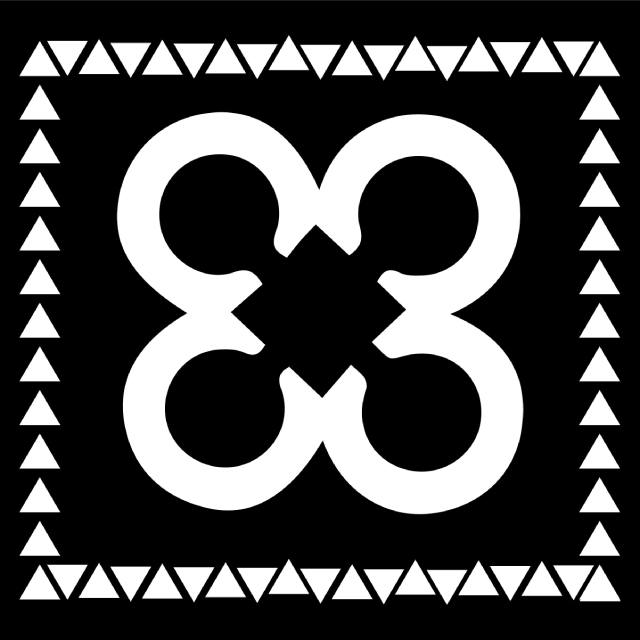
Agyin Dawuru
Origins: Ivory Coast
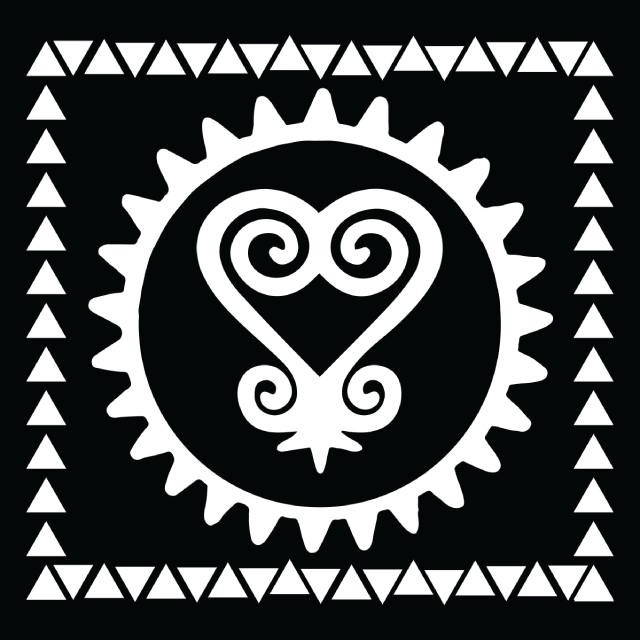
Sankofa Dua
Proverb: “It is not too late to forgive or be forgiven.”
Origins: Sudan, Ivory Coast, and Ghana
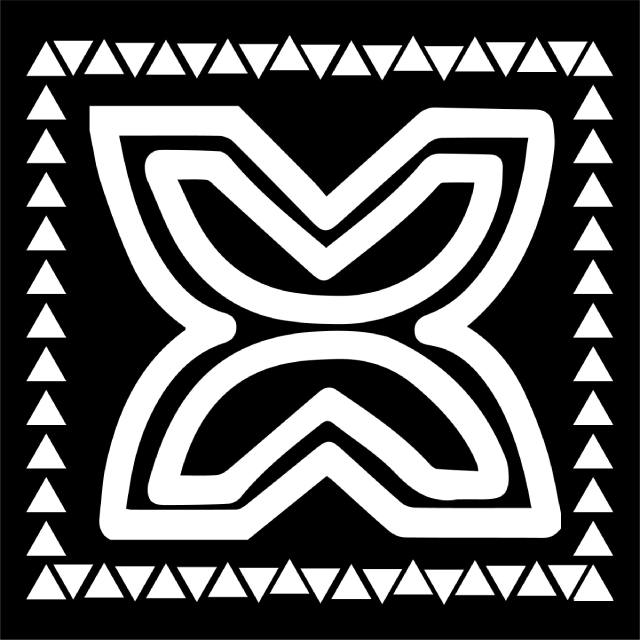
Awohodie
Proverb: “Independence comes with its responsibilities.”
Origins: Ivory Coast and Ghana
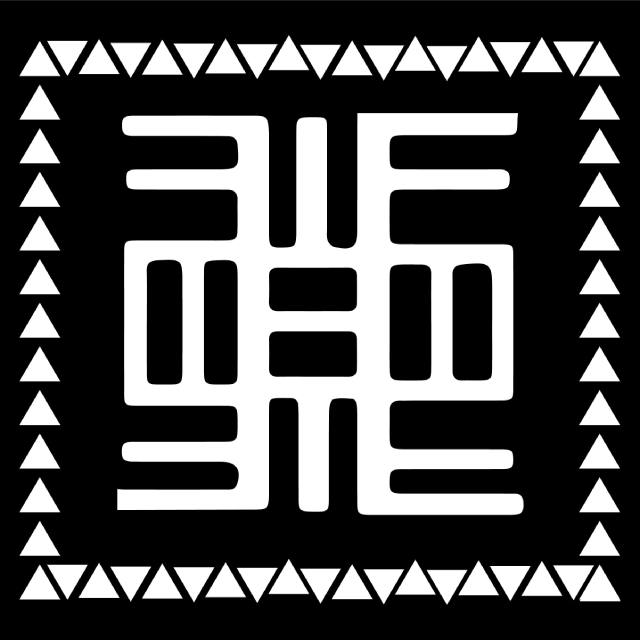
Nea Onnim No Sua A, Ohu
Origins: Ghana
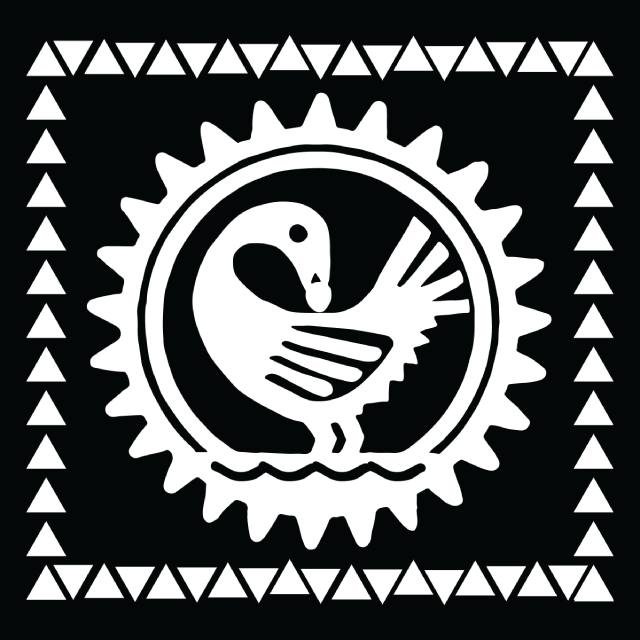
Sankofa bird
Proverb: “It is not taboo to go and get what was forgotten.”
Origins: Sudan, Ivory Coast, and Ghana
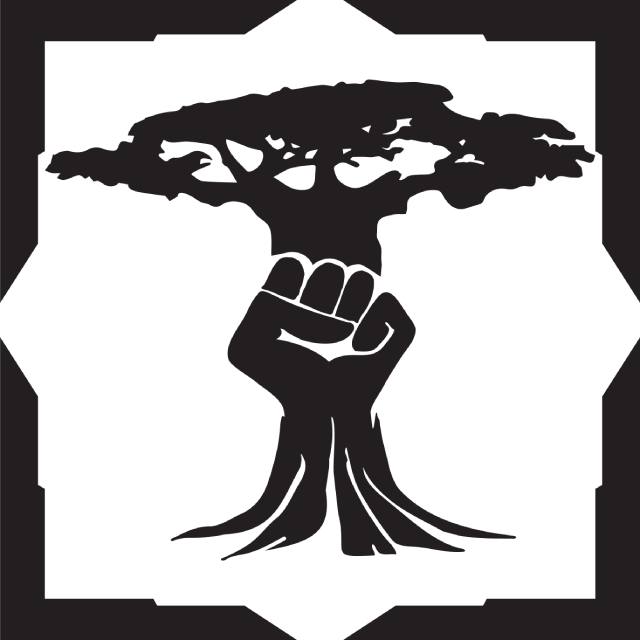
Baobab tree and the black power fist
- Date modified :
 View full size image
View full size image